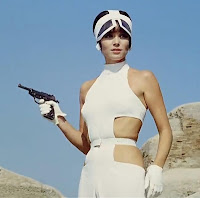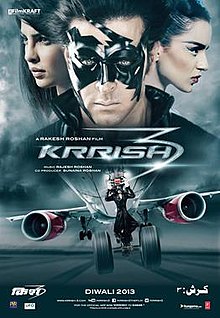After enjoying Jonathan Hickman’s Marvels about the Fantastic
4 as a family tragedy blending into tales of cosmic wonder in Future Foundation, and chilling sci-fi
horror building dreadful utopia in a Darwinian bubble with a core of Aldous
Huxley riffs for an apocalyptic Avengers
saga of moral panic, I bought Hickman’s early works, to see whether certain
critics were right about him being as radical as a ‘new Warren Ellis’, for creating
a strong brand with multi-verse comics.


Documentary styled book
TransHuman
(2009), has Hickman’s ideas for entertaining genre comedy illustrated by J.M.
Ringuet, while it’s about rivalries between cyber and genetics in
corporate-science for planning socio-political (re-)evolution. Unleashing a
freaky parody of Marvel’s X-Men and Inhumans with wannabe heroes crashing various moral
and ethical boundaries to compare with 'New Wave' SF taking inspiration from
Aldiss’ themes of ‘hubris clobbered by nemesis’, where the super-villains are
Big Money, and (of course) Human Nature, now following a downward spiral that, only retrospectively but also winningly, parodies Hickman’s later ‘Children of Tomorrow’ gig-writing
for Avengers books.
Hickman is teamed with artist Ryan Bodenheim for epic Red Mass For MARS (2010), a
millennia-spanning sci-fi polemic about superheroic defence of Earth from
invasion by alien hive-mind, while narration considers humanity’s journey in
phases to utopia, or something quite like it. There’s no equality in eternity,
but ultimate star-man Mars fights unstoppable fate to accomplish his destiny,
so planetary civilisation can emerge after genuine freedom from religion is
achieved.


I haven’t read Hickman’s more recent East Of West saga but The
Manhattan Projects (six volumes, 2012-6, again with Pitarra) seems like his
very best weird genre work. A blistering array of ghastly nightmares by
mad-science anti-heroes (bizarro versions of Einstein, Oppenheimer, Feynman,
Fermi, and von Braun, dominate crazy plots), are perpetrated with transformative
glee, while the nuclear messiah Daghlian was clearly influenced by Watchmen’s Dr Manhattan, and first spaceman
Yuri Gagarin becomes a freshly iconic Flash Gordon/ Buck Rogers explorer with
talking super-dog Laika. If nothing else, this chaotic story develops into
arguably the greatest, most hilarious, SF satire - with Hickman’s brutally
unrelenting consistency of purpose faultlessly etched by sublime caricatures, since
Kubrick’s nuclear black-comedy classic Dr
Strangelove.

In contrast to derivative TV show American Gods (2017) adapted from Neil Gaiman’s novel, this is a
briskly forthright horror epic, that strives to avoid metaphors and euphemisms, with
gleeful confrontations between savage forces of darkness and the human misery
of giving up on ghosts. It never pretends we might have another Enlightenment
in the future. There’s only the grim realisation that Holocaust never ended in
WW2. In this, it’s a reminder that Ellis’ astonishing Supergod (2011) was the perfection of subgenre in comics.
Hickman’s comics boast more than enough big SF ideas with
grandly composed genre plots to match the best of his rivals, but Ellis
demonstrates far greater skill at forming bold groups of well-rounded and
sympathetic (if not always likeable) characters while Hickman usually makes do
with (sometimes appealing) versions of heroic archetypes. It seems that Ellis
positions his people to drive story-telling vehicles, while Hickman’s briskly sketched
heroes merely populate his agenda-wise scenarios.























